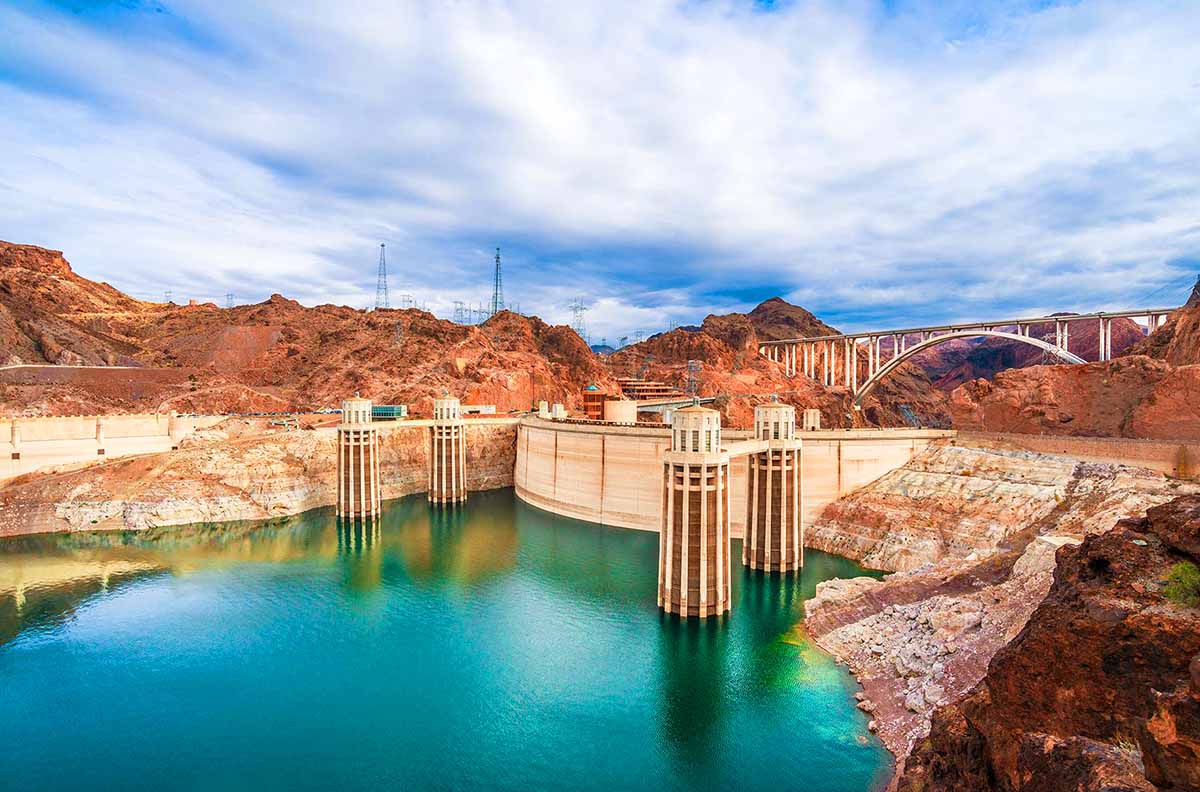Tower of Pisa is a leaning tower or a freestanding bell tower of the cathedral of Pisa. Pisa is an Italian city that was given its name from a Greek word which means “marshy land”. There are many Towers in Pisa that are slightly tilted, but this Tower is famous worldwide. Leaning Tower of Pisa is famous because of its nearly four-degree lean, which was a result of an unstable base. The Tower is located precisely at the back of the Cathedral of Pisa. It is the third oldest building in the city’s Cathedral of Pisa Square.
This leaning tower supports an intricate architectural pattern and style. One of the fundamental reasons for the construction of this Tower was to advertise the prosperity of the city. Pisa has considered a town having a super military power at the beginning of the second millennium.
 Tower of Pisa
Tower of Pisa
12th century was a good time for Pisa as its commercial, political and military importance grew when one of its small seaports became a regional powerhouse. The city government required a place to showcase all the treasure that their adventurers brought back from the Italian region Sicily. It was the time when Pisa like other prosperous medieval Italian cities. They started to invest its money in constructing huge buildings. The government planned to build a group of four distinctive buildings named “Field of Miracles”. The Tower of Pisa was supposed to be the tallest of its time hadn’t it faced the misfortune that eventually turned into a blessing in disguise.
Construction of the Freestanding Bell Tower:
This Leaning Tower has been fighting against the pull of gravity for about 850 years. The structure finally came to an end in the year 1372. The world has changed much from that time.
The field of Miracle was a project that included four great momenta. These momentums are located in Pisa: Baptistery, freestanding Bell Tower, Cathedral of Pisa and the Monumental Cemetery. The architecture of this Tower is feudal structure, in Romanesque style. The construction started in 1173, and after a long time in 1399, the structure finally came to an end in the year. The planners and builders who designed the leaning Tower of Pisa were: Bonanno Pisano, Giovanni di Simone, Gherardo di Gherardo, and Giovanni Pisano. The first phase of the Tower’s development is credited to Bonanno Pisano and Gherardo di Gherardo. Giovanni Pisano and Giovanni di Simone maintained the second phase of the construction. Tommaso Pisano completed the Tower’s construction.
 Construction of the Tower of Pisa
Construction of the Tower of Pisa
Structure Details:
The Leaning Tower of Pisa is almost 60 meters (196.85 feet) high. After the lean, though, the most upper side of the Tower with minimum lean is 56.67 meters (about 186 feet) tall. While the lowest side is 55.86 m, or 183 feet. Towers outer diameter is 15.484 meters with a wall width of 2.4384 meters at its base. It has a total weight of approximately 14,500 tones.
It took two centuries to build the Tower:
The foundation of the freestanding bell tower (Pisa tower) broke ground in August 1173. The Tower didn’t lean up to the second level. By 1178, workers had made it to the third story of the construction, which was already shifting slightly to the north. Military disputes with other Italian states soon paused the structure of the Tower for almost a century. They did not continue until 1272. The other four floors were constructed in a different direction to cater to the lean, but now the taller side of the Tower started to lean. This time, the construction continued for another 12 years before another war again stopped the work. The development of the final 200 feet high eight-story Tower completed officially around 1370.
 Structure Details
Structure Details
Mistake after mistake!
After 100 years, engineer Giovanni di Simone rolled ahead and commenced to add more floors to the Tower. He worked to repay for the initial lean by doing one side of the above levels taller than the other. It only made the Tower lean over even more. In 1838 architect Alessandro Della Gherardesca, comprehended a pathway at the base of the Tower to let people honor the intricately crafted base. It made the Tower lean indeed further, apparently due to the digging of its base.
Shallow Foundation and unstable soil lead to the lean:
The designers provided a shallow foundation to the Pisa Tower. The soft ground of the land of Pisa composed of clay, sand and other deposits was not suitable to handle the eight-story building weighing 14,500 tons. Thus the preliminary construction work, site preparation and the foundation were too unstable to handle the Tower even in its early construction phases.
The construction of the Tower went well up until the second story and began to settle on one side after that. Unfortunately, it was too late by that time. The development continued, and the constructors tried to account for their mistake by appending taller domes and columns on the south side of the Pisa Tower. When the constructors arrived the fourth story of the Tower, they had to make the spans on the south side a full two inches higher than those on the north. However, the Tower of Pisa continued to lean.
The Pisa Tower has leaned in multiple directions:
Over hundreds of years, engineers have tried to improve the famous lean. In the 13th century, the construction restarted on the third story, and the engineers and constructors tried to handle and minimize the tilt by building it straight upwards. However, the middle of gravity changed, and it resulted in the Pisa Tower leaning in a distinct direction. As the construction work continued, the Tower restored its southward tilt, and it has stayed like that ever since.
Importance of Tower of Pisa nowadays:
Almost 6 million visitors make their way to Pisa each year, primarily as a quick stop to see the Tower when driving through Tuscany or visiting the nearby Florence. Given its structure, it is materially irritable for all these people to step into the Tower. The maximum limit of the Tower is of 500,000 – 600,000 visitors per year. The Pisa Tower is welcoming people every day throughout the year for at least 8 hours, and people can join in groups of 50, every 15 minutes.







